Recent market trends have shown a surge in demand for bird feeder cams, driven by technological advancements and eco-friendly features. This article delves into the critical aspects of selecting the best bird feeder cams, including camera resolution, connectivity, and durability, providing valuable insights for professional buyers looking to stock high-quality products.
Table of Contents:
– Market Overview: Bird Feeder Cam
– In-Depth Market Analysis: Bird Feeder Cam
– Technological Advancements and Innovations
– Key Factors When Selecting a Bird Feeder Cam
– Advanced Features and Technology Integration
– Price Range and Budget Considerations
– Customer Support and Warranty
– Ease of Installation and Use
– The Importance of a Bird Feeder Cam in Modern Bird Watching
– Wrapping It Up
Market Overview: Bird Feeder Cam
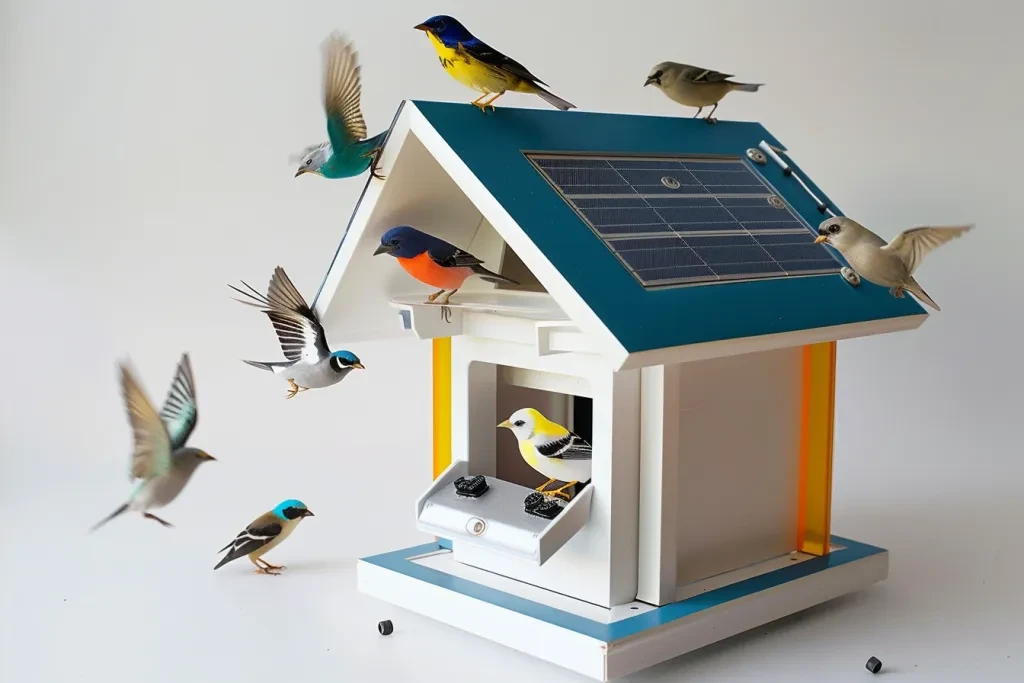
The bird feeder cam market has seen substantial growth, driven by increasing interest in birdwatching and wildlife conservation. The global bird feeder cam market is projected to reach USD 200 million by 2029, growing at a CAGR of 6.8%. This growth is fueled by technological advancements, higher disposable incomes, and the growing popularity of smart home devices. North America holds the largest market share, accounting for 35% of the global market, followed by Europe and Asia-Pacific.
Key players in the market include Arlo Technologies Inc., TP-Link Systems Inc., and Xiaomi Communications Co. Ltd. These companies focus on product innovation, incorporating features like high-definition video streaming, motion detection, and night vision to enhance user experience. The online distribution channel is expected to dominate the market due to the convenience and flexibility it offers consumers.
The bird feeder cam market is also influenced by seasonal demand patterns, with peak sales during spring and summer when birdwatching activities are at their highest. Environmental regulations and growing awareness about wildlife conservation are expected to further drive market growth, as consumers seek eco-friendly and sustainable products.
In-Depth Market Analysis: Bird Feeder Cam

Bird feeder cams have become essential for bird enthusiasts, providing a unique way to observe birds in their natural habitat. These devices come with features like high-definition video, motion detection, and night vision, allowing users to capture clear footage. The integration of artificial intelligence and cloud storage has further enhanced these cams, enabling real-time monitoring and data analysis.
Consumer behavior has shifted towards tech-savvy and environmentally conscious choices, driving demand for bird feeder cams with remote monitoring and eco-friendly features. Companies are investing in research and development to introduce innovative products that meet these preferences. For example, solar-powered bird feeder cams offer a sustainable solution for birdwatching enthusiasts.
The market is segmented by product type, distribution channel, and geography. Product types include basic bird feeder cams, which offer standard video recording, and advanced models with features like AI-based bird identification and live streaming. Distribution channels are divided into online and offline, with online channels growing significantly due to their accessibility and variety.
Technological Advancements and Innovations
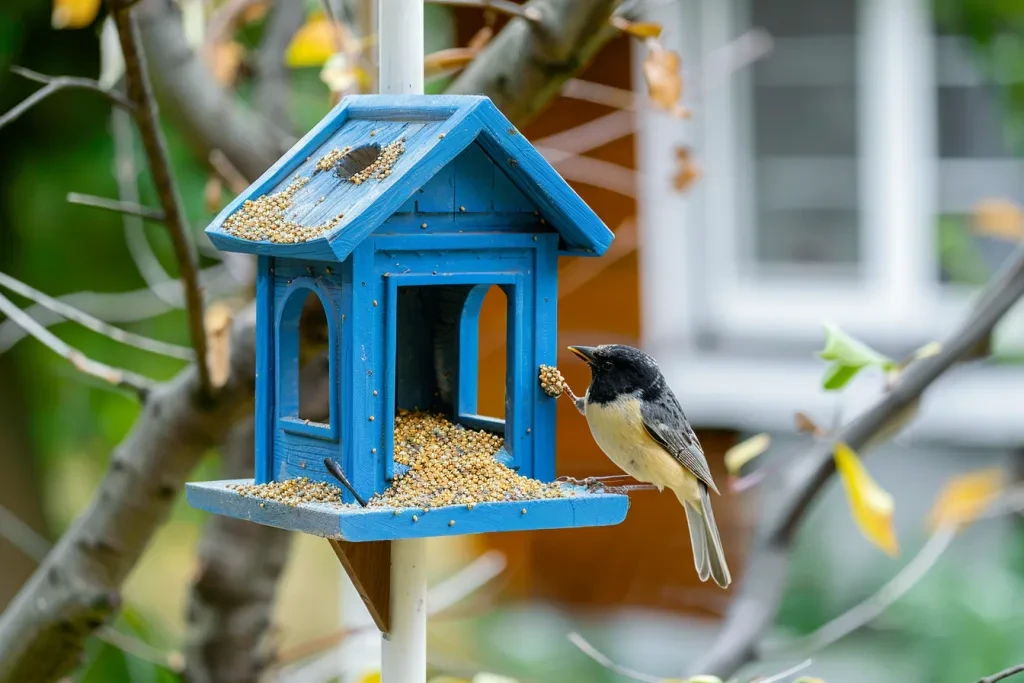
Technological advancements have been crucial in the evolution of bird feeder cams. High-definition video streaming and motion detection are now standard features, allowing users to capture clear footage. Night vision technology enables continuous monitoring even in low-light conditions.
A significant innovation in the bird feeder cam market is the integration of artificial intelligence. AI-powered bird feeder cams can automatically identify bird species, providing valuable data for birdwatchers and researchers. These devices can also send real-time notifications to users when specific bird species are detected, enhancing the user experience.
Another notable innovation is the development of solar-powered bird feeder cams. These eco-friendly devices operate independently, using solar energy to power the camera and other features. This reduces environmental impact and offers a cost-effective solution for users.
Key Factors When Selecting a Bird Feeder Cam

When selecting a bird feeder cam, several critical factors can significantly influence its performance, durability, and overall satisfaction. Below are essential aspects to examine:
Camera Resolution and Quality
Camera resolution is pivotal for determining the quality of footage captured. High-resolution cameras, such as 4K or 1080p Full HD, provide clear and detailed images for better observation and identification of bird species. Lower resolution cameras may produce grainy or unclear images, detracting from the viewing experience. Additionally, consider the camera’s frame rate; a higher frame rate ensures smoother video playback, crucial for capturing fast-moving birds.
Night Vision Capability
Bird activity doesn’t cease at dusk, making night vision a significant feature. Infrared (IR) LEDs in the camera enable clear footage in low-light conditions, useful for observing nocturnal bird species or monitoring the feeder during early morning and late evening hours. Ensure the camera has sufficient IR range to cover the feeder area effectively.
Connectivity and Storage Options
Modern bird feeder cams often come with various connectivity options, including Wi-Fi, Bluetooth, or wired connections. Wi-Fi-enabled cameras are convenient for real-time streaming and remote access via smartphones or computers. Additionally, consider the storage options available. Some cameras offer cloud storage for easy access to recorded footage, while others rely on local storage, such as SD cards, which might require manual data retrieval and management.
Battery Life and Power Options
The power source of the bird feeder cam is another critical consideration. Battery-operated cams offer flexibility in placement but require regular battery changes or recharging. Solar-powered options provide a more sustainable, maintenance-free solution, especially in areas with ample sunlight. Alternatively, wired cams connected to an external power source ensure continuous operation but may limit placement options due to the need for proximity to a power outlet.
Weather Resistance and Durability
Bird feeder cams are typically placed outdoors, so they must withstand various weather conditions. Look for cameras with a high IP (Ingress Protection) rating, indicating resistance to dust and water. A durable, weather-resistant housing ensures the camera can operate effectively in rain, snow, and extreme temperatures. Materials like UV-resistant plastics or corrosion-resistant metals can further enhance the device’s longevity and reliability.
Advanced Features and Technology Integration
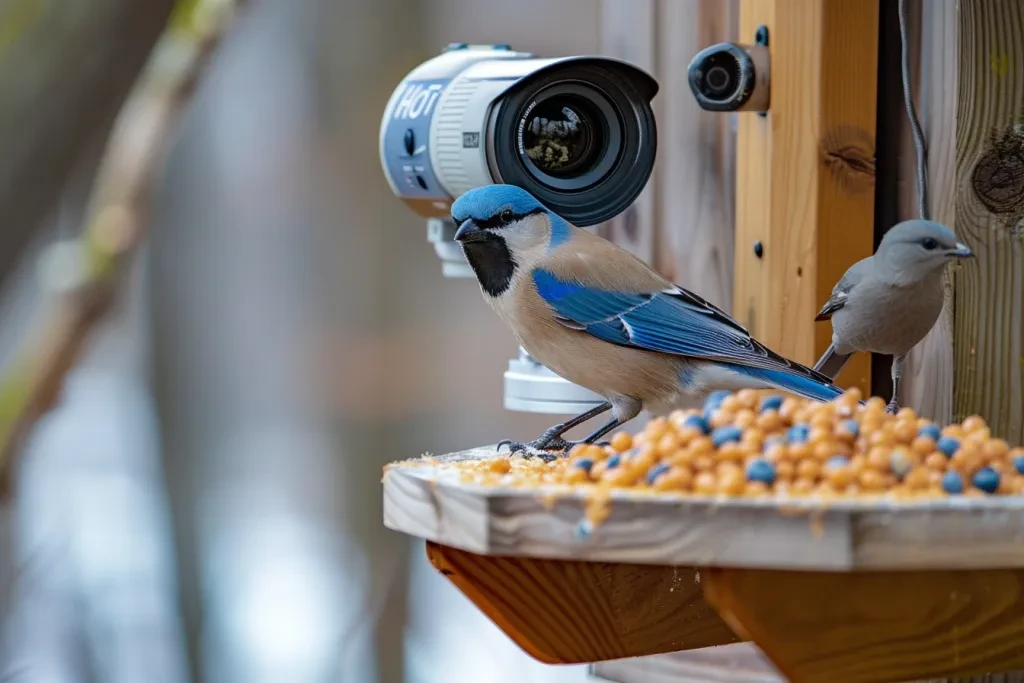
In the rapidly evolving field of consumer electronics, bird feeder cams have seen significant technological advancements, enhancing user experience and functionality.
AI and Machine Learning Capabilities
AI and machine learning integration in bird feeder cams can significantly enhance bird watching by automatically identifying and cataloging bird species. These features analyze video footage in real-time, providing insights into bird behavior and patterns. Some cams even offer notifications or alerts when specific bird species are detected, making it easier for enthusiasts to capture rare sightings.
Motion Detection and Alerts
Motion detection allows the camera to start recording only when movement is detected, conserving storage space and battery life. Advanced motion detection systems can differentiate between birds and other objects, reducing false alerts. Notifications sent to a user’s device inform them in real-time about bird activity, ensuring significant moments are not missed.
Integration with Smart Home Systems
Modern bird feeder cams can integrate seamlessly with smart home ecosystems like Amazon Alexa, Google Assistant, or Apple HomeKit. This integration allows users to control the camera using voice commands, view live feeds on smart displays, and receive alerts on their smart devices. Such connectivity enhances the convenience and usability of the bird feeder cam, making it a versatile addition to a smart home setup.
Price Range and Budget Considerations
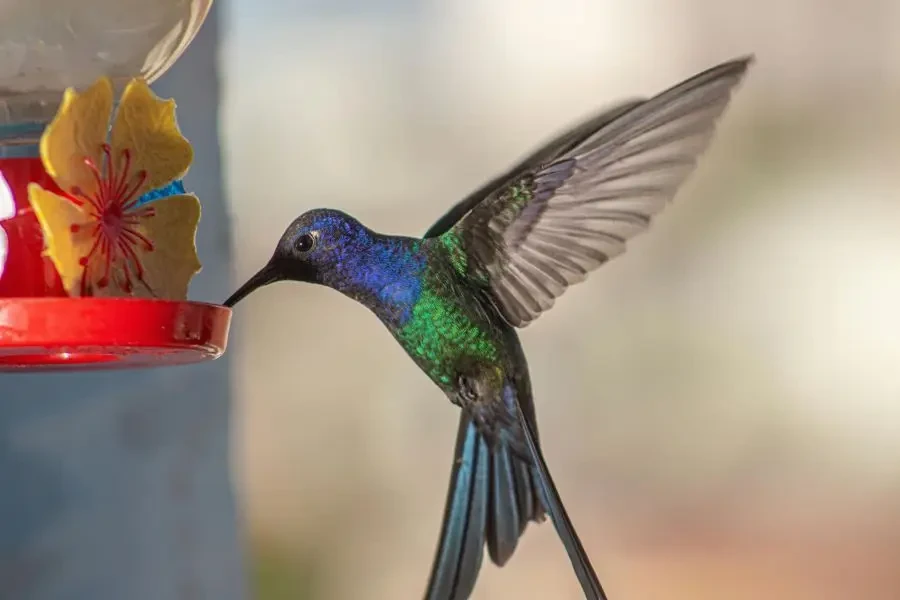
Bird feeder cams are available across a wide price range, catering to different budgets and requirements. It’s essential to balance cost with the features and quality offered.
Entry-Level Models
For those on a tight budget, entry-level bird feeder cams provide basic functionalities such as decent camera resolution and limited connectivity options. These models are suitable for casual bird watchers who do not require advanced features. Prices typically range from $50 to $100.
Mid-Range Options
Mid-range bird feeder cams offer a balance between cost and functionality, often including features like HD resolution, night vision, and Wi-Fi connectivity. These cams are ideal for enthusiasts looking for reliable performance without breaking the bank. The price range for mid-range models is generally between $100 and $300.
High-End Models
High-end bird feeder cams are equipped with the latest technology, including 4K resolution, AI capabilities, extensive connectivity options, and robust weather resistance. These models cater to serious bird watchers and researchers who require high-quality footage and advanced features. Prices for high-end bird feeder cams can range from $300 to $700 or more, depending on the brand and features.
Customer Support and Warranty
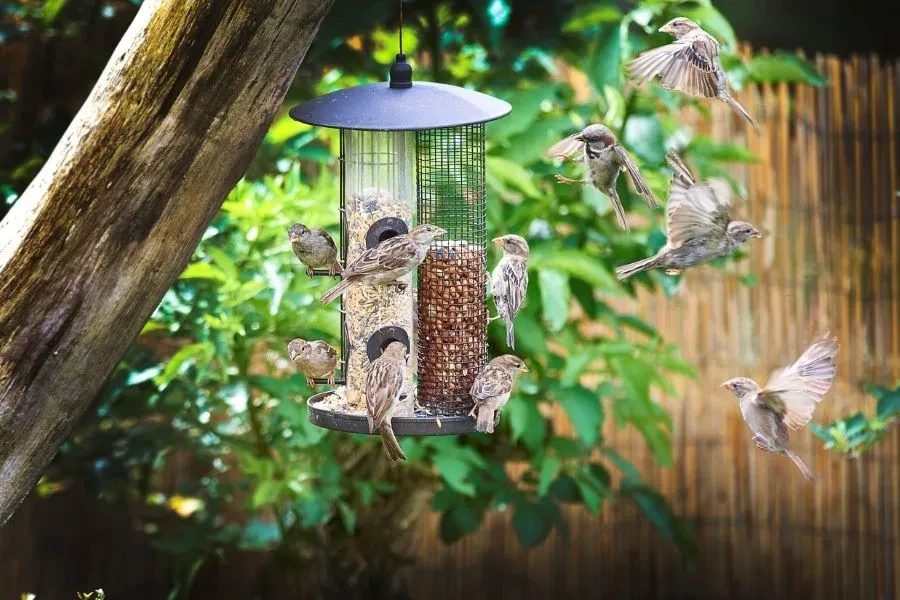
Reliable customer support and a comprehensive warranty are crucial when purchasing a bird feeder cam. A manufacturer’s warranty provides assurance against defects and malfunctions, while responsive customer support can assist with setup, troubleshooting, and maintenance.
Warranty Coverage
Most reputable brands offer a warranty period ranging from one to three years. Ensure that the warranty covers both parts and labor, and check if there are any specific conditions or limitations. Extended warranty options might also be available for an additional cost, providing extra peace of mind.
Customer Support Availability
Accessible and knowledgeable customer support can significantly enhance the user experience. Look for brands that offer multiple support channels, such as phone, email, and live chat. Additionally, online resources like FAQs, user manuals, and video tutorials can be valuable for resolving common issues and maximizing the use of the bird feeder cam.
Ease of Installation and Use
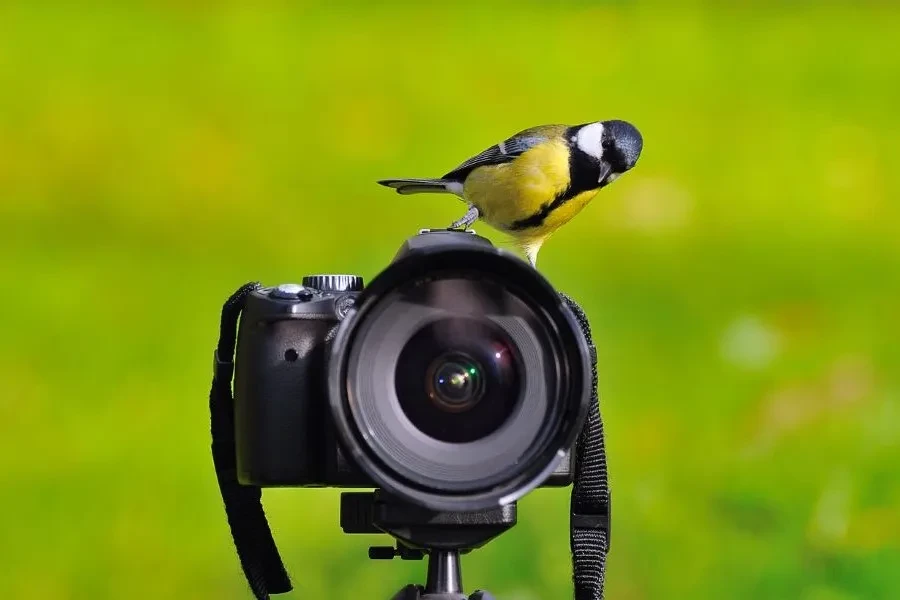
The ease of installation and user-friendliness of a bird feeder cam are important factors that can influence the overall experience.
Installation Process
Bird feeder cams should come with clear instructions and all necessary mounting hardware. Some models offer tool-free installation, making it easy for users to set up the camera without professional assistance. Consider the camera’s flexibility in mounting options, such as pole, wall, or tree mounts, to ensure it fits well in the desired location.
User Interface and Controls
A user-friendly interface, whether accessed via a smartphone app or a web portal, is essential for controlling the bird feeder cam. The app should offer intuitive navigation, easy access to settings, and seamless integration with other smart devices. Features like live streaming, playback, and customization of alerts should be straightforward and accessible to users of all technical skill levels.
The Importance of a Bird Feeder Cam in Modern Bird Watching

Bird feeder cams have revolutionized how bird enthusiasts and researchers observe and study avian life. These advanced devices offer unparalleled insights into bird behavior, making them invaluable tools for both hobbyists and professionals.
Enhancing Bird Watching Experience
Bird feeder cams provide a unique opportunity to observe birds up close without disturbing their natural behavior. High-resolution cameras capture intricate details, allowing users to appreciate the beauty and diversity of bird species. Features like live streaming and motion detection ensure real-time viewing and updates on bird activity.
Contribution to Research and Conservation
For researchers and conservationists, bird feeder cams offer a wealth of data for studying bird behavior, migration patterns, and population dynamics. Recording and analyzing footage over extended periods provides valuable insights that can inform conservation efforts and strategies. Advanced features like AI-powered species identification further enhance the utility of bird feeder cams in scientific research.
Community and Educational Benefits
Bird feeder cams also serve as excellent educational tools, fostering a greater appreciation for wildlife among people of all ages. Schools, nature centers, and community organizations can use these cams to engage students and the public in bird watching and conservation activities. Live feeds from bird feeder cams can be shared online, creating a sense of community and encouraging collective efforts to protect bird habitats.
Wrapping It Up
Bird feeder cams offer a blend of advanced technology and practical features that enhance the bird watching experience. Whether for personal enjoyment, research, or education, these devices provide valuable insights into the fascinating world of birds. By carefully considering factors such as camera resolution, connectivity, power options, and durability, users can select the best bird feeder cam to meet their needs and preferences.




